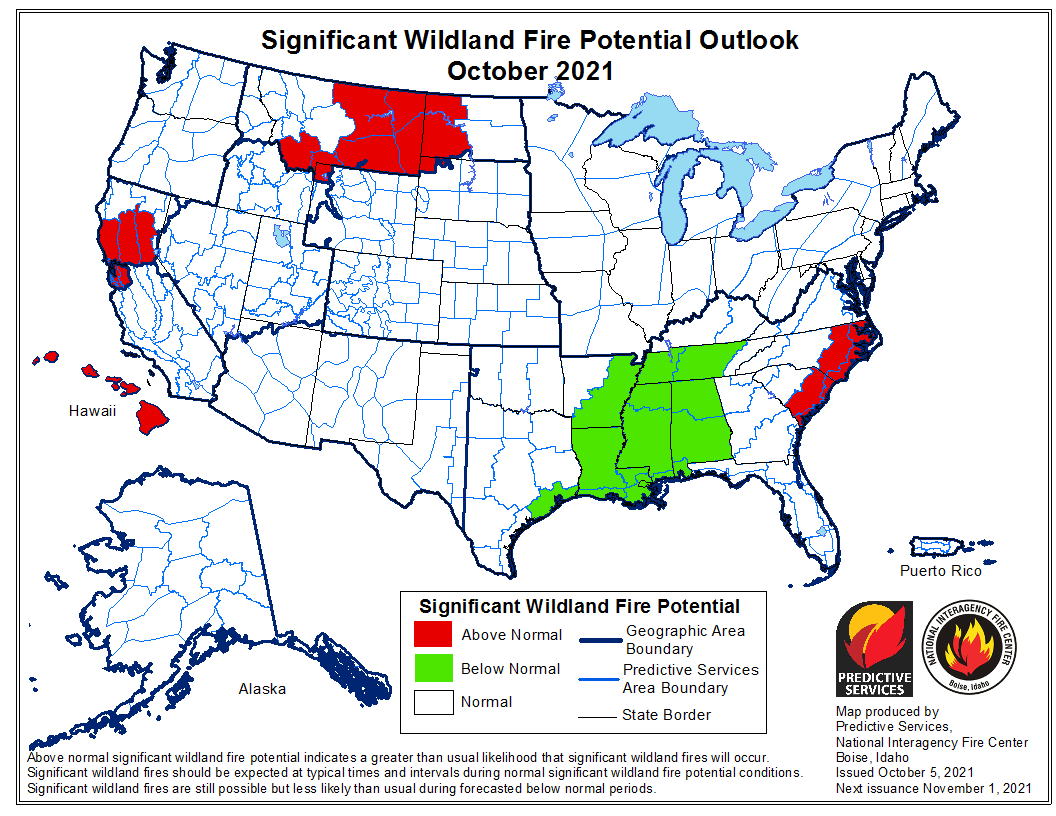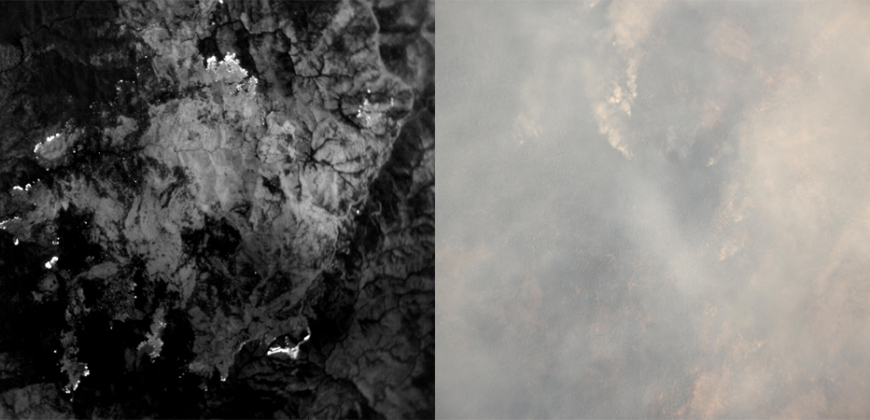Punky McClellan passed away on September 27, 2021 in Ojai California. He had retired from the Sierra National Forest some 30 years ago. He began his FS career on the Los Padres National Forest working on an Engine and as a patrolman on the Ojai and San Marcos Ranger Districts. He transferred to the Sequoia National Forest Hume Lake RD as the Fire Management Officer and then to the Sierra National Forest as the Assistant Forest Fire Management Officer.
Punky worked on many national level fire management assignments including the Safety First Program in the early 1970s which led to such things as minimum engine staffing, training and qualifications standards, firefighter safety equipment such as Nomex and fire shelters, etc. The project ultimately led to Congress assigning the Forest Service with the development of the ICS system for all California fire agencies and eventually to national implementation.
While on the Sierra Punky was funded and assigned a national office position to manage the National Fire Prevention Program. He developed and distributed program materials for the Wildfire Strikes Home Initiative, developed training and guidelines for Fire Prevention Planning, and probably most memorable was the development of high visibility fire prevention education programs with professional sports teams and celebrities. Radio and television public service announcements using the celebrities and athletes were produced and thousands of fire prevention education materials were developed and distributed. In 1987 he organized a National Smokey Bear Day Event at every Major League baseball stadium.
After retirement Punky continued with his passion for fire management through his company THE FIREHOUSE. Working with NFPA and local jurisdictions he developed an urban fire safety program and set of characters called the Preventor Program and developed a wildland set of characters for the Fire Education Team Program managed by the Department of Interior. He managed the training and mobilization of National Interagency Fire Prevention Teams. He authored several books including “REMEMBER ONLY YOU” – A History of Outdoor Forest Fire Prevention Advertising and THE FRONT LINE – A Look at Some of America’s Historic Firehouses. He was active internationally with work in Russia, Mexico and Canada.
Punky is the only person to have received all three National Fire Prevention Awards – Bronze, Silver and Golden Smokeys. He was a recipient of the Secretary of Agriculture’s Superior Service Award, as well.
Plans are underway to build a memorial statue and scholarship fund on Punky’s behalf. A Gofund Me account is being established but in the interim donations toward that effort can be forwarded to Riley McClellan at 2660 Alamos Avenue Clovis, CA 93611.
Danny Jones
Three Forests Interpretive Assn.
30330 Watts Valley Rd
Tollhouse, CA 93667
(559) 855-8419

 An updated forecast for wildland fire potential for the next four months was issued October 5 by the National Interagency Fire Center. If their predictions are correct:
An updated forecast for wildland fire potential for the next four months was issued October 5 by the National Interagency Fire Center. If their predictions are correct:







